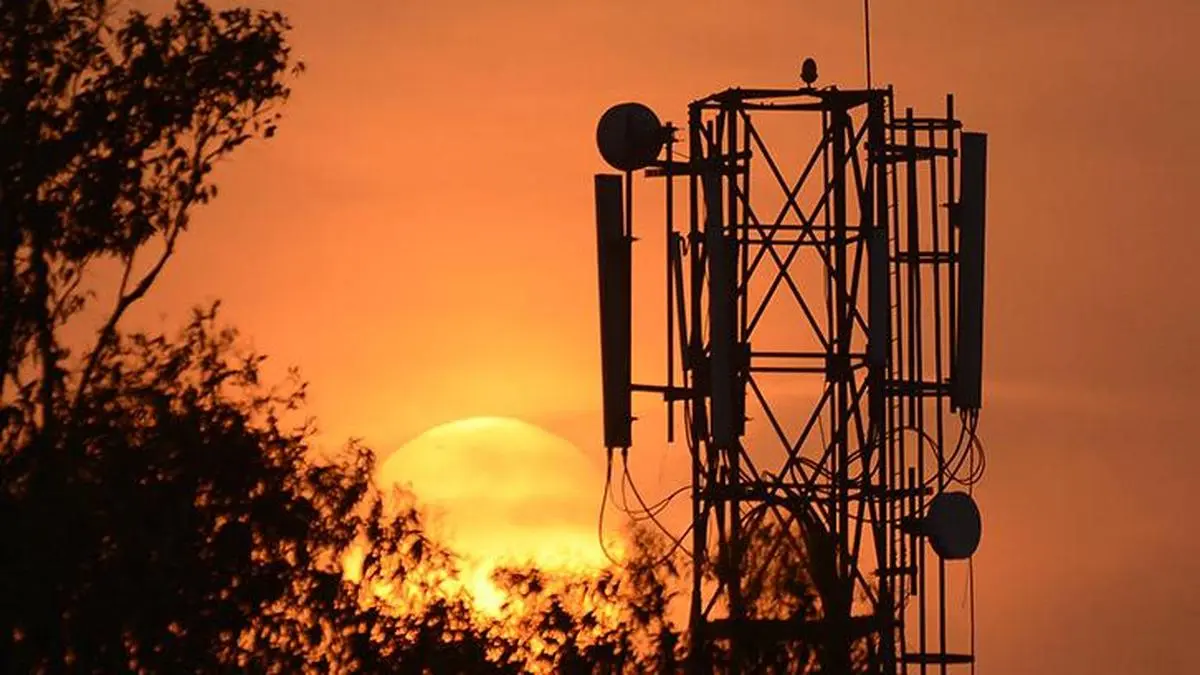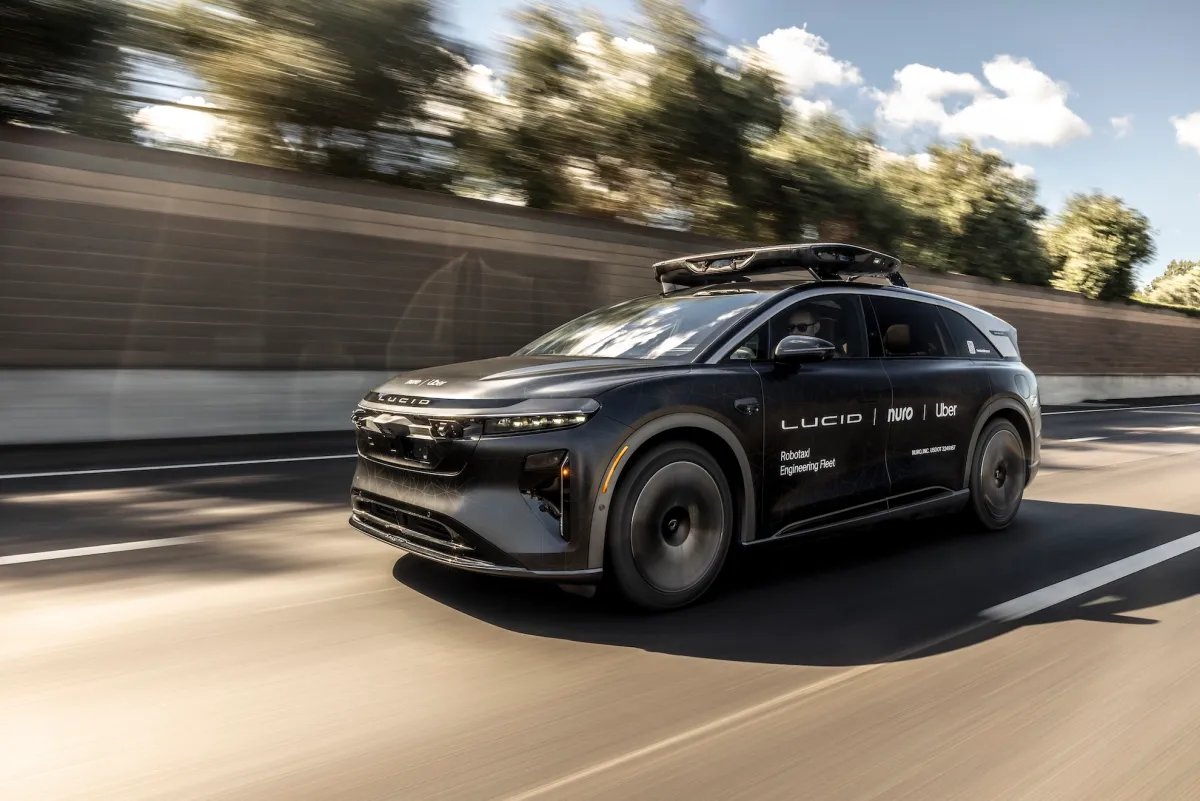Copyright thehindubusinessline

Industry body Broadband India Forum (BIF), international bodies such as the Ultra Wide Band (UWB) Alliance and companies such as Qualcomm have called for a delicensing of spectrum, in contrast to leading telcos calling for an auction of the 6GHz spectrum. In a submission to the Telecom Regulatory Authority of India (TRAI) regarding auction of Radio Frequency Spectrum for International Mobile Telecommunications (IMT), the BIF said that the Upper 6GHz band should be completely delicensed while low-power indoors (LPI) and Very Low Power Wi-Fi should be permitted. “India’s digital future depends on broadband wireless connectivity delivered by Wi-Fi. Importantly, 6 GHz Wi-Fi technology is available now, enabling advanced and affordable communications. However, currently in India, 6 GHz Wi-Fi capabilities are impaired because access to the spectrum remains unavailable,” said BIF. The association argued that this keeps Indian consumers and enterprises from realising the full benefits of higher data rates, ultra-low and deterministic latencies, improved mobility, better power efficiency, optimisation of energy utilisation or support for high densities of users and devices. It also pointed out how US and other countries have delicensed the entire 6GHz band more than five years ago, resulting in huge economic value from opening the band years ago. “Device affordability improves when manufacturers can sell globally standard 6 GHz-enabled devices, instead of having to make regionspecific variants. This brings down costs everywhere,” it said. Similarly, Qualcomm asked that the entire Upper 6 GHz band (including 6425–6725 MHz and 7025–7125 MHz spectrum bands) be earmarked for IMT, and revisited post-World Radiocommunication Conference 2027 (WRC-27). This would help India align with global harmonisation efforts and its own 6G ambitions. “India must resist the temptation of short-term spectrum monetisation and instead prioritise strategic long-term economic and national security gains. The Upper 6 GHz band is critical for mobile growth in India and it may be noted that several other countries like China, Brazil and European countries are considering the entire 700 MHz in this Upper 6 GHz band for 6G,” said Qualcomm. ITU-APT Foundation of India (IAFI) is a non-profit, non-political, non- partisan organisation argued that 5G deployment relies on extensive low-, mid-, and high-band frequencies across dense small-cell networks — dramatically raising capital costs. Traditional auctions force telcos to pay high upfront fees for exclusive, long-term licenses, which limits cash flow for infrastructure expansion and innovation. “Spectrum auctions inherently favour incumbents with deep pockets. Large operators can afford to spend billions on licenses, while startups or smaller regional carriers cannot. This dynamic entrenches existing monopolies or oligopolies and limits new entrants who might offer innovative services or business models. In India, this structure has effectively discouraged new entrants,” it said. Earlier, telecom operators Reliance Jio, Bharti Airtel, and Vodafone Idea were reported to have asked the government for auction allocation of the entire 6GHz band, with 1200MHz of spectrum, with no sharing with others for low-powered delicensed wifi use. It may be noted however, that the India Cellular & Electronics Association (ICEA) India asked the government to defer the auction until 2030 to ensure clear international consensus and market readiness. Published on November 10, 2025



